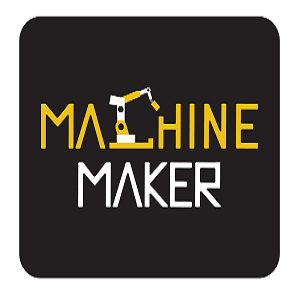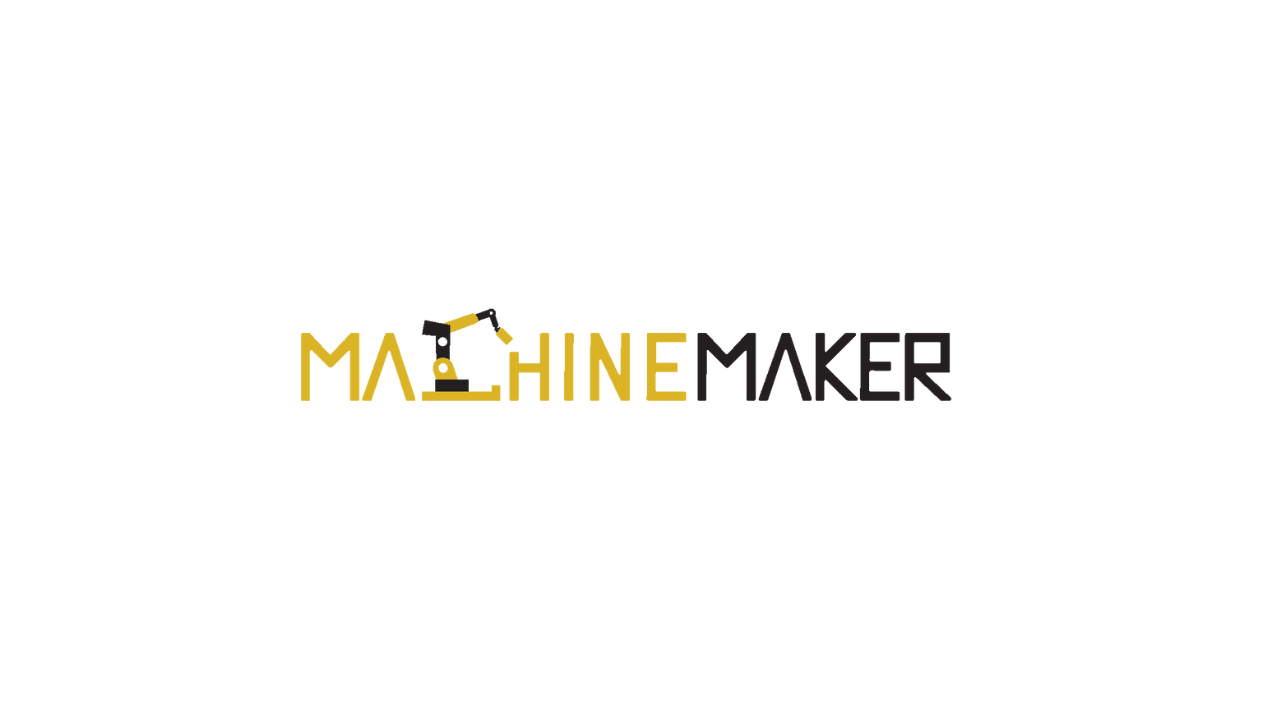Reflecting on my recent participation at G H Patel College of Engineering & Technology, I am compelled to share insights from discussions revolving around the critical nexus of industry, academia, and engineering education. The deliberations brought ideas for a cohesive partnership between these stakeholders to bridge the chasm between classroom learning and industry demands. In this article, I outline key takeaways and propose actionable strategies to cultivate a symbiotic relationship that nurtures the next generation of engineers.
As an industry veteran, I was privileged to contribute to panel discussions centred on the challenges within core engineering disciplines and the path forward. Amidst the discourse, it became apparent that while much attention is devoted to addressing the “what” of engineering education, insufficient emphasis is placed on the “why.” This lack of clarity regarding the purpose and relevance of engineering disciplines poses a formidable barrier to attracting and retaining talent.

Over the past decade, I have endeavoured to glamorize core engineering through initiatives spotlighting success stories from the manufacturing sector. By showcasing the tangible impact of engineering roles and juxtaposing them against the perceived allure of IT-centric careers, we aim to instil a sense of purpose and passion among aspiring engineers.
Drawing inspiration from successful models like the Swiss Vocational Education system, I proposed a paradigm shift wherein the industry proactively shapes educational content and assessment criteria. This departs from conventional lecture-based pedagogy, favouring experiential learning methodologies that cultivate behavioural competencies alongside technical skills.
The dialogue shows the urgent need for tangible solutions that foster a robust industry-academia partnership. The New Education Policy (NEP) provides a conducive framework for this collaborative approach, further validated by proposals such as appointing industry practitioners as faculty members.

The G H Patel College of Engineering & Technology deliberations underscored the imperative for action to bridge the gap between industry expectations and educational outcomes. By embracing a collaborative ethos and prioritizing pedagogical innovation, stakeholders can collectively steer engineering education towards relevance and excellence in the ever-evolving landscape of industry demands.








